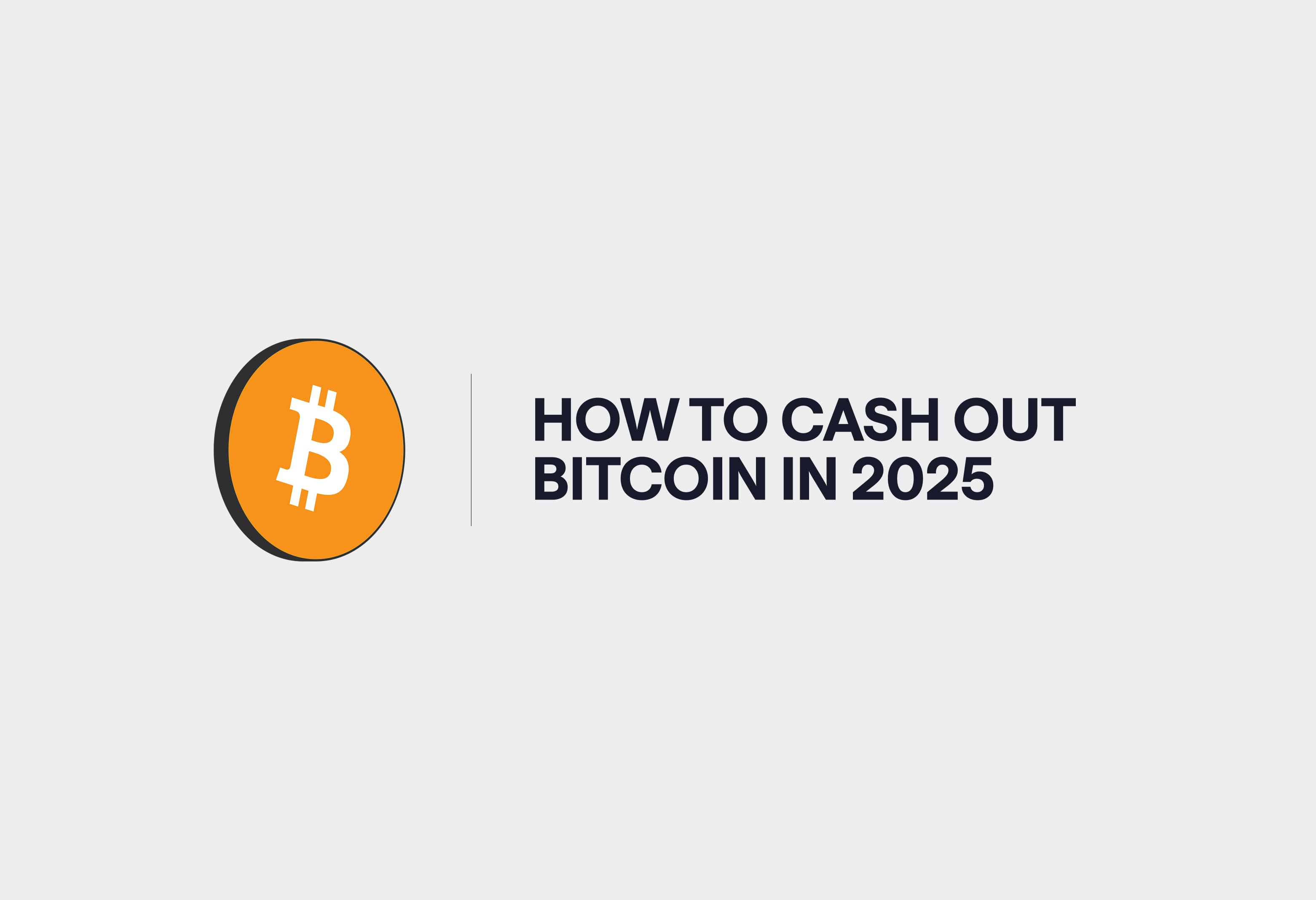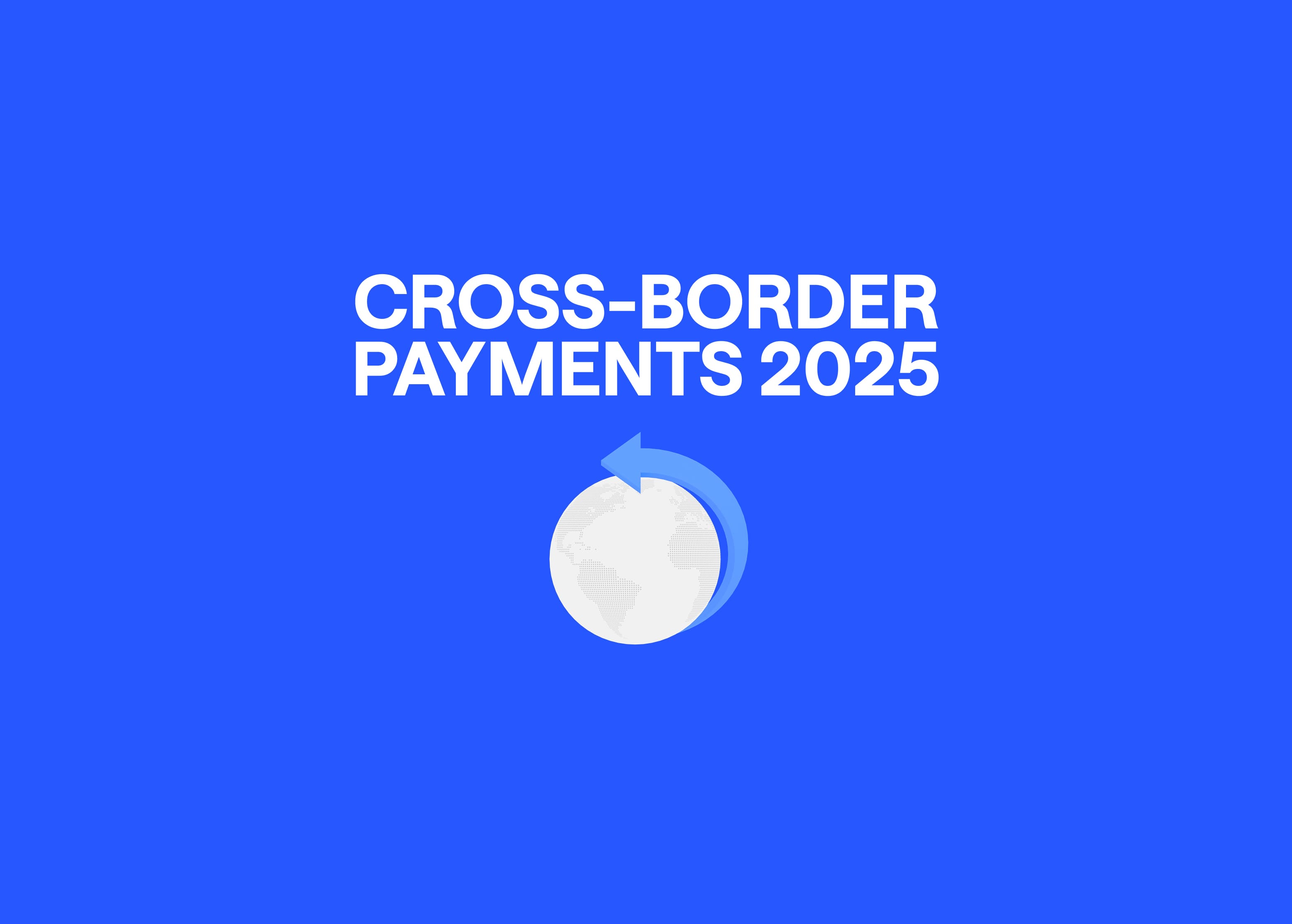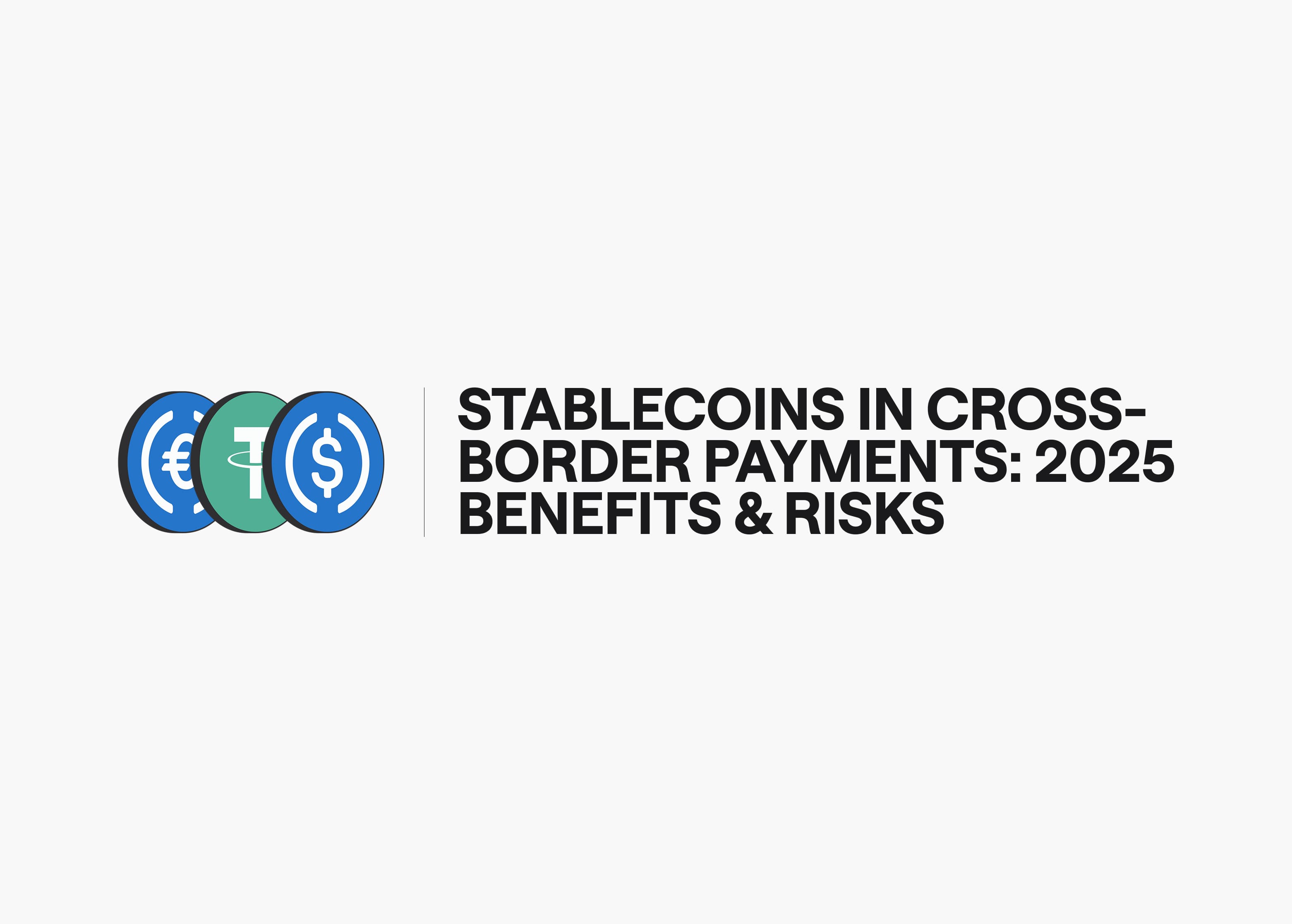
How to Cash Out Bitcoin in 2025
You’ve watched a green number on a screen for months, maybe years. Whether you are a long‑term holder looking to lock in gains, a business owner who accepts crypto at the checkout or someone remitting money across borders, it’s important to understand how to convert your digital coins into spendable money without exposing yourself to unnecessary risks. In 2025, that’s no longer a scavenger hunt. We have regulated exchanges, self-custody apps with built-in off-ramps, and platforms like Due that bridge crypto and fiat with global accounts. The trick isn’t “which button,” it’s “which method fits my risk, speed and fees tolerance, and my tax reality?”
Cash‑Out Bitcoin Basics
How Do I Turn Bitcoin Into Cash?
1) Self-custody app → bank
If you like holding your keys, this is the calmest route. Open your wallet app, choose sell, preview the fees, and push the withdrawal to your linked bank or card. You stay in control until the last confirmation, then wait for settlement. Great when you don’t want coins parked on an exchange or you’re cashing out a modest amount.
- When it shines: privacy, control, and less platform hopping.
- Watch for: regional availability; network fees if you sell during a busy mempool.
2) Centralized exchange → bank transfer
The workhorse method. Send BTC to your verified account, trade BTC/EUR or BTC/USD, then withdraw via SEPA, ACH, Faster Payments, or a wire transfer. You’ll pay trading + withdrawal fees, but you get deep liquidity and predictable execution—the “best way” for larger tickets.
- When it shines: speed and size (four-to-five-figure cash-outs).
- Watch for: KYC/limits, bank acceptance, and small spreads that add up.
3) Peer-to-peer (P2P) with escrow
You post (or accept) an offer, the platform locks your coins in escrow, you confirm the buyer’s payment, and then release. P2P can unlock local rails and sometimes offer a better price, but it rewards patience and a sharp scam radar.
- When it shines: niche payment options, better local rates.
- Watch for: reputation checks, strict “funds first, release later” discipline.
4) Debit card / ATM
Load a crypto card, spend at the checkout, or pull cash from an ATM. It’s the convenience king, and often the priciest. In many places, every swipe counts as a disposal, so keep receipts for the tax process.
- When it shines: you need money today, not tomorrow.
- Watch for: conversion fees, ATM markups, and tax reporting per swipe.
5) Due-style hybrid (for operators and freelancers)
Running cross-border? Due’s non-custodial vaults and multi-currency accounts allow you to accept stablecoins (USDC/EURC) and bank transfers, hold balances in the currency you care about, and time your conversions instead of panic-selling into volatility. Think of it as one pane of glass for cryptocurrency and fiat—virtual IBANs on one side, on-chain settlement on the other.
- When it shines: recurring invoices, global payouts, fewer hops.
- Watch for: choosing the right rail (stablecoin vs. bank transfer) for fees and timing.
What Does “Cashing Out” Mean in Crypto?
In cryptocurrency, there’s no central bank. Cashing out bitcoin means stepping off the open network into the regulated money system, or parking value in a token that mirrors it. If you sell on an exchange, your deposit and withdrawal are on-chain, while the sale itself is handled on the exchange’s ledger; once sold, your account shows a fiat balance you can send to a bank (SEPA/ACH/wire) or, with some providers, a linked card. You can also move into a stablecoin like USDC or EURC, which tracks dollars or euros and makes the jump to traditional rails smoother. Due is built for that bridge: non-custodial accounts, coverage internationally, and support for bank transfers, mobile money, and stablecoin deposits from any wallet or exchange, so you can move value across borders and cash out when it suits you.
Reasons for Cashing Out Crypto or Bitcoin
People cash out for normal, practical reasons: taking profit after a long run, funding a big purchase or a business expense, cutting risk, or rebalancing a portfolio. Public miners also sell some production to cover operating costs, specifically to fund growth and operations. Freelancers and merchants paid in BTC often need local fiat for rent, payroll, or suppliers. In the U.S., the IRS treats digital assets as property, so selling, swapping, or spending is generally a taxable disposal. And starting with 2025 transactions, brokers report digital-asset sales on Form 1099-DA with forms distributed in early 2026 (transition relief on some penalties), which makes reporting more visible.
Factors to Consider Before Cashing Out Crypto
Deciding how to cash out Bitcoin isn’t just about chasing the highest price.
- Regulatory Environment & Taxes: In the U.S., the IRS treats digital assets as property. Every sale, swap, or spend is a taxable event, and you need to classify the gain: short-term (held one year or less, taxed at ordinary income rates) or long-term (more than one year, taxed at lower capital gains rates). You report disposals on Form 8949, which flows to Schedule D. Starting with 2025 transactions, brokers and exchanges will be required to report digital-asset proceeds on Form 1099-DA, with these forms sent to taxpayers and the IRS in early 2026, making mismatches much easier to spot. If you’re moving large sums, it’s worth getting professional tax advice to time sales, track your basis, and avoid penalties.
- KYC & Banking Realities: Most exchanges/off-ramps require identity verification; your account is limited until it’s done. Banks differ on crypto-related deposits and limits; check your bank’s policy and daily transfer caps before you withdraw (policies are bank-specific).
- Fees & Exchange Rates: Total cost = trading fee + network/withdrawal fee + FX/spread + (sometimes) card/ATM surcharges. Coinbase and Kraken both publish fee schedules; network fees can apply to withdrawals.
- Security Precautions: Keep long-term funds in hardware or reputable self-custody wallets; use strong passwords and 2FA on exchange accounts; check URLs before you sign in. For P2P deals, use platform escrow and release coins only after you’ve confirmed the money arrived—this is the standard on major P2P venues.
- Speed & Convenience: If timing matters, expect trade-offs: faster rails usually cost more. If you can wait, you can often lower fees.
How to Cash Out Bitcoin: A Simple Guide
Now that you know the lay of the land, let’s explore the actual methods of turning your digital coins into spendable money.
Selling via Self‑Custody or Payment Apps
If you’re the kind of person who prefers to keep your private keys in your own hands, you’ll appreciate self‑custody apps with built‑in sell features. BitPay’s wallet, for instance, lets you link a bank or debit card, select how much BTC you want to unload, review the quoted rate and fees, then broadcast the transaction. Moments later—once the blockchain confirms—the fiat equivalent lands in your checking account. This path feels a bit like selling a used guitar to a trusted friend: you meet in familiar surroundings and set the terms yourselves. The caveat? You need to double‑check that the service supports your country and currency, and you still pay network fees, which can spike when the Bitcoin network gets busy.
Peer-to-Peer (P2P) Marketplaces.
P2P platforms let you sell directly to another person while the platform’s escrow holds your BTC until you’ve actually been paid. On Paxful, the seller’s bitcoin moves into escrow the moment a trade starts; you release it only after you confirm the buyer’s money has landed, and if something goes wrong, you can open a dispute for a moderator to review the evidence in chat. Binance P2P follows the same pattern: the cryptocurrency is reserved in escrow when the order is created, you keep all communication on-platform, and you release only after you verify funds (Binance regularly publishes safety tips and reminders for 2025).
Bottom line: P2P can unlock local payment rails and better prices, but stick to platform escrow, check ratings, and walk away at the first red flag.
Crypto Debit Cards and Payment Cards
Crypto-linked cards do let you spend against your crypto, but the conversion to fiat happens in two different ways, depending on the provider:
- Pre-load Model (e.g., Crypto.com Visa): You can’t load crypto directly onto the card. You first convert crypto in the app, then load the fiat onto the prepaid Visa; purchases/ATM withdrawals are made in fiat.
- Instant-Convert Model (e.g., Wirex Mastercard): The provider instantly converts your chosen crypto to fiat, so the merchant is paid in local currency at the point of sale.
Coverage, limits and supported networks vary by country and by card issuer, so always check the provider’s regional availability and fee schedule before applying.
Bitcoin ATMs and Kiosks
Bitcoin ATMs can convert crypto to cash without using a bank account. The flow is simple: find a machine, follow on-screen prompts, scan a QR code created with a QR code maker, send the BTC, and withdraw cash once the transaction is confirmed. (Operator guides walk through the QR-scan/send steps.)
ID requirements and limits vary by operator and amount. Many machines require at least a phone number, with higher tiers asking for government ID; transaction limits are tiered and jurisdiction-dependent. Check the operator’s KYC/limits page for the specific machine you plan to use. Fees are typically high. Industry data show double-digit fees are common, with research citing a ~15% median in some samples, so ATMs are best for speed/convenience, not the cheapest rate.
Other Methods and Specialist Services
You don’t always have to sell BTC straight for cash. A common play in 2025 is to shift value into stablecoins (USDC/EURC) and hold in a non-custodial wallet until you’re ready to off-ramp.
Another route is a crypto-backed loan: you post BTC as collateral and borrow fiat or a stablecoin. Some platforms allow you to take a USDC loan against your BTC and then payout directly to your bank account through services like Due, providing liquidity without triggering a taxable sale.
In general tax practice, borrowing isn’t a taxable event because you haven’t disposed of the asset, but liquidation risk is real if the price drops and your lender sells the collateral. (This is a general principle; the IRS has not issued loan-specific crypto guidance; get professional advice for your situation.
Cash-Out Bitcoin Tax Implications
Every time you sell, swap or spend crypto, you’re creating a taxable event. Stablecoins aren’t a loophole; authorities treat them like other cryptocurrencies. Due’s 2025 explainer makes this explicit: stablecoins (USDC/EURC) are taxed as property; selling them for cash, swapping one stablecoin for another, converting BTC → USDC, or paying a bill with stablecoins are all disposals that can trigger capital gain/loss, while any stablecoins you earn (salary, rewards, interest) are ordinary income when received.
On the IRS side, the rules line up: digital assets are property; report disposals on Form 8949 (summarized on Schedule D); and beginning with transactions in calendar year 2025, brokers will report digital-asset proceeds on Form 1099-DA (forms distributed in early 2026). Keep clean records of dates, cost basis, proceeds and fees. Consult professional advice to determine the exact obligations.
How Much Tax Do You Pay When You Cash Out Crypto?
It depends on your holding period, income bracket, and state, not a flat crypto rate.
- Short-term gains (held ≤12 months or less) are taxed at your ordinary income rates (for 2025, the federal brackets still top out at 37%). See in detail on the IRS webpage.
- Long-term gains (held >12 months) fall into the 0% / 15% / 20% capital-gains bands depending on your taxable income.
Tips for a Smooth Crypto Cash-Out Process
- Decide your priority up front. Is it speed, price, privacy, or paperwork simplicity? The “best” method changes with that answer.
- Do one dry run. Move a tiny amount first. If anything feels off—KYC loop, bank rejection, weird fees—you’ve only risked lunch money.
- Watch the clock. On-chain fees spike during market drama. If you can wait six hours, you often save real money.
- Separate hot and cold. Keep trading wallets small; move reserves back to cold storage after a sale.
- Name your addresses. In your app, label destinations (“Due-EUR IBAN,” “Exchange-BTC,” “Personal-cold”). It prevents fat-finger disasters.
Alternatives to Traditional Crypto Cash‑Out Methods
Alternatives to traditional crypto cash‑out methods. Sometimes, selling your bitcoin outright isn’t the smartest move. You could simply use it; many merchants now accept crypto. With Due, you connect your own wallet, fund in stablecoins (USDC/EURC) or via local rails, then withdraw to your bank or mobile money, often the same day. Settlement is instant in USDC and typically under 24 hours for local currency, with international processing fees set at 0.2-0.3%. You also get virtual receiving details (IBAN/ACH/UK, etc.) to collect like a local and time your conversions. For platforms, the API gives payouts in 80+ countries over ACH, SEPA, Faster Payments, PIX, and more, with no hidden fees.
FAQ — Cashing Out Bitcoin in 2025
What’s the safest way to cash out Bitcoin?
Use reputable rails that match your risk and size: self-custody apps with built-in sell, verified exchanges with bank withdrawals, or P2P platforms with escrow (release only after funds arrive). Avoid off-platform chats and stick to providers with clear KYC and support.
How fast can I get money to my bank?
Exchanges can settle sales instantly on-platform, then pay out via ACH/SEPA/Faster Payments/wires (hours to a few days depending on cut-offs). P2P timing depends on the buyer’s rail. ATMs and crypto cards are near-immediate for cash/spend after on-chain confirmation.
What fees should I expect when cashing out BTC?
Total cost = trading fee + network/withdrawal fee + FX/spread (and card/ATM markups where applicable). Exchanges publish fee schedules; Bitcoin ATM fees are often double-digit and best used for convenience, not the cheapest price.
What verification or limits apply?
Most off-ramps require KYC; account limits lift as you verify. Banks differ on crypto-related deposits and daily caps; check policies before withdrawing. ATMs and cards have tiered limits and region-specific rules.
How are cash-outs taxed in 2025?
In the U.S., crypto is property: selling, swapping (e.g., BTC→USDC), or spending is a taxable disposal reported on Form 8949/Schedule D. For 2025 transactions, brokers must issue Form 1099-DA (sent in early 2026), increasing reporting visibility. Keep basis, dates, proceeds, and fees documented.





